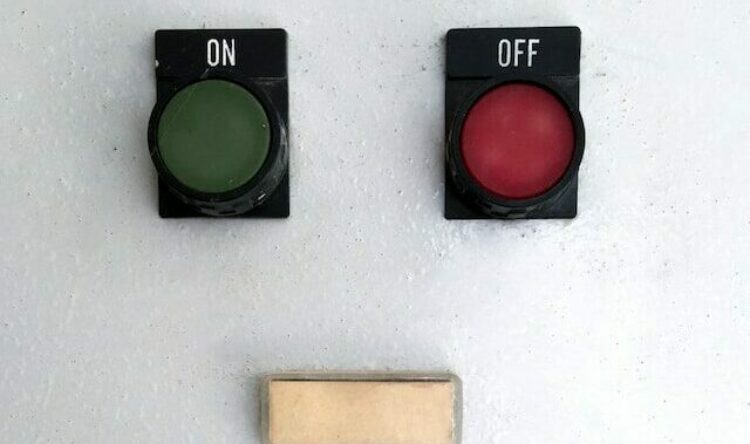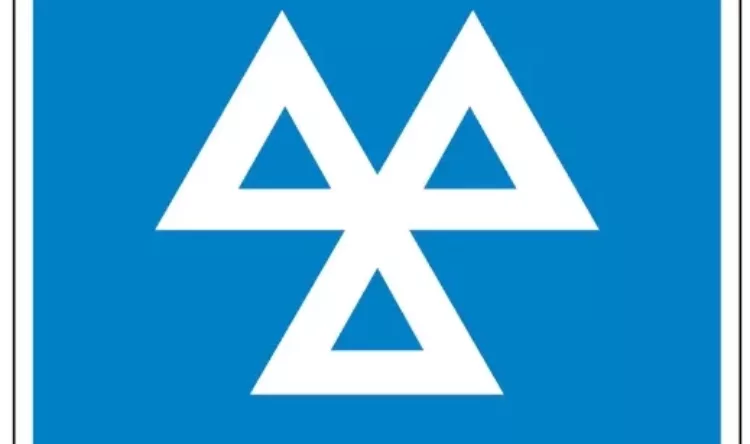Battery drain
Industry, manufacturing and government need to fully understand and structure EV repair services
As the UK, and the rest of the developed world, adopt battery electric vehicles (BEV), lifetime costs are only just being fully evaluated.
While general maintenance and servicing is far cheaper than the internal combustion engined (ICE) equivalents, repairs after crashes is a different kettle of fish.
Melting fears
The differences between repairing an EV versus an ICE equivalent have been highlighted in a new report.
Research has been carried out by Thatcham Research. In turn, this has been funded by the Government’s innovation agency, Innovate UK. It highlights the technical and practical differences between BEVs and ICE insurance claims processes.
While all the latest electric vehicles have a high level of crash protection systems built in as standard, including ADAS (Advanced Driver Assistance Systems) and passive safety technologies, they are not immune to accidents and incidents.
Currently, BEV incident claims are 25.5% more expensive than their ICE equivalents. What’s more, they can take 14% longer to repair. Much of this is due to the lack of current systems and practices to to assess and repair unique attributes.
Short circuits
Most significant is the high voltage (HV) battery. Not only are these the most expensive ingredient in the vehicle’s manufacture, they are difficult to assess for damage, lack the knowledge to repair and, at present, require extra safety precautions, including isolating vehicles when waiting for repair.
All this represents a negative impact to the economic model of vehicle repair, says the report.
If solutions are not found, these concerns could seriously affect EV take up.
Thatcham Research’s data-driven modelling shows that in 2022, 9,400 vehicles were potentially involved in collisions resulting in battery inclusion in the repair. This is estimated to reach up to 260,000 vehicles annually by 2035.
Adrian Watson, head of engineering research, Thatcham Research, said: “Without meaningful change, there is a strong likelihood that claims costs will continue to rise disproportionally.
“Much of the motor insurance industry is yet to adapt to mass BEV adoption challenges, and the implications remain unquantified on repair capacity, training and skills, cost, and the lifetime sustainability of BEVs.
“This lack of awareness means many BEVs are often deemed irreparable, leading to premature write-offs because of high battery cost and the lack of value the UK ecosystem can recover from them.”
Charging up the costs
Currently, the cost of a replacement HV battery is causing a significant increase in the risk of ‘total loss’ or write-offs.
These batteries vary widely in cost from high-end vehicles, around £29,500, to the low-end costing £14,200.
What’s more, the ‘depreciation curve’, according to Thatcham, shows that the cost of a replacement battery is more than the used price of the vehicle after only one year.
“These cost increases present a significant risk to BEV uptake, reducing potential economic and sustainability gains,” states Watson. While there are potentially plenty of technical solutions, there is currently a lack of research and investment in this are of EV practicality.
“It is vital that credible cross-industry plans are urgently put into place that focus on addressing battery cost, diagnostics, and the creation of a sustainable ecosystem for battery repair.”
Ignorance and safety
There is also a concern about fire risk around potentially damaged batteries. Due to this, Government guidelines state that BEVs awaiting repair should be stored in an outside quarantine area. This mean no nearby objects within a 15 metre perimeter. This means outside storage space at repair sites is potentially unaffordable. Capacity for 100 ICE vehicles, would only allow for the safe quarantine of just two BEVs. This represents a potential 98% reduction in repair capacity.
The cost incurred through following recommended quarantine protocols of 48hrs will add a minimum of £60 to every claim, the report states.
If vehicles then have to be stored elsewhere, further associated cost will arise to cope with transportation, storage location and longer periods of replacement vehicle provision.
“This could result in a measurable rise in associated claim cost and duration,” says Watson.
But this is just one element of the potential problems when costing potential insurance claims. There is limited access to battery diagnostics to enable a better understanding of battery health. Repair of batteries is unknown and lacking investment. The heavy weight of EVs makes transportation challenging compared top much lighter ICE vehicles.
Attention
But it is not all doom and gloom. The report is highlighting areas that need addressing and are not insurmountable.
“It’s important to reiterate that most, if not all, of the outcomes highlighted by the report could be avoided with the right solutions in place,” says Watson.
Investment in cross-industry work to identify more detailed solutions and to make direct recommendations are essential.
For example, by understanding the needs of vehicle manufacturers, repairers, insurers, and salvagers to optimise the supply of new/refurbished/recovered batteries in vehicle repair.
Collaboration across the manufacturing and repair industry, as well as insurers and government is the only way forward and needs to double its efforts.
Thatcham says it will continue to work closely with Government and vehicle manufacturers to identify solutions to the issues raised by the report.
To access a copy of the report, click here.







